Other names: Norsk elghund, Grå norsk elghund, Gray Norwegian Elkhound, Small Grey Elk Dog, Norwegian Moose Dog,Harmaa norjanhirvikoira.
The Norwegian Elkhound is one of the Northern Spitz-type breeds of dog and is the National Dog of Norway. The Elkhound has served as a hunter, guardian, herder, and defender. It is known for its courage in tracking and hunting moose (or elk) and other large game, such as bears or wolves. The Norwegian Elkhound was first presented at a dog exhibition in Norway in 1877.
The AKC breed name “Norwegian Elkhound” is a direct translation from its original Norwegian name Norsk elghund, meaning “Norwegian moose dog.” The breed’s object in the hunt is to independently track down and hold the moose at bay jumping in and out toward the moose, distracting its attention, while signalling to the hunters by barking very loudly until the hunter who follows the sound can arrive to shoot it. The dog will only bark while the moose is stationary, but it can also slowly drive the moose towards shooters lying in wait. The Norwegian Elkhound is also used on a leash. In this mode of hunting, the dog leads the hunter in the direction of the moose while keeping quiet.
History
In Medieval times, it was known as a dyrehund, meaning “animal-dog” in Norwegian, and was highly prized as a hunting dog, but rarely seen or bred outside of Norway, until its appearance in England in the 19th century.
Lineage
The breed falls under the mitochondrial DNA sub-clade referred to as d1 that is only found in northern Scandinavia. It is the result of a female wolf-male dog hybridization that occurred post-domestication. Subclade d1 originated 480–3,000 years ago and includes all Semi-related breeds: Finnish Lapphund, Swedish Lapphund, Lapponian Herder, Jämthund, Norwegian Elkhound and Hällefors Elkhound. The maternal wolf sequence that contributed to these breeds has not been matched across Eurasia and its branch on the phylogenetic tree is rooted in the same sequence as the 33,000-year-old Altai dog (not a direct ancestor).
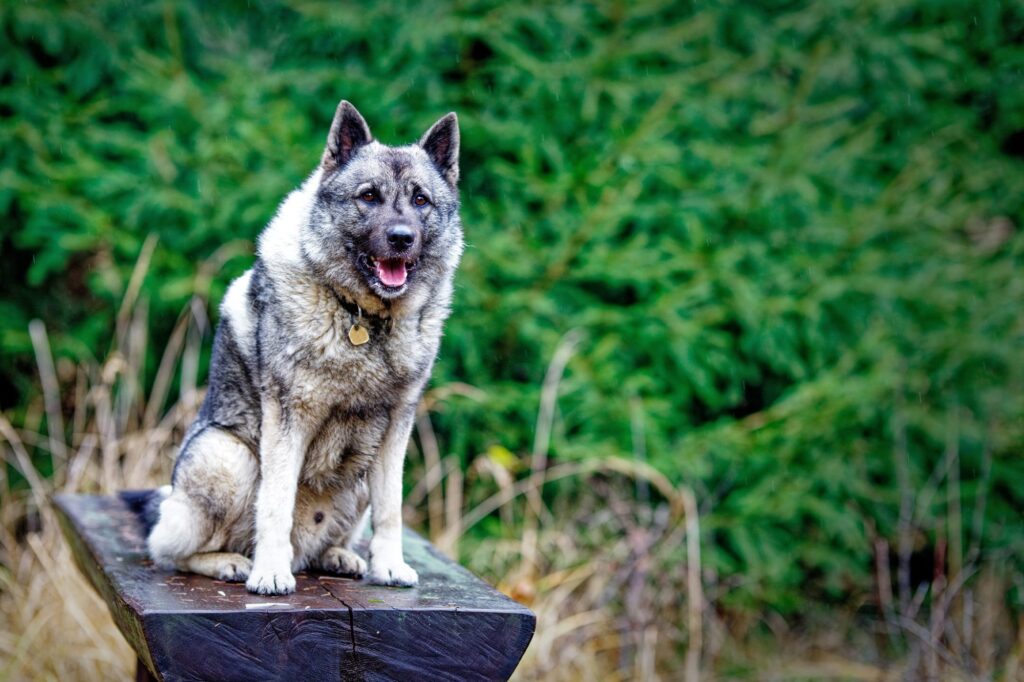
Introduction to the Norwegian Elkhound breed
-
- Brief history of the breed
- Physical characteristics and temperament
Norwegian Elkhounds are a popular breed of dog known for their strong hunting instincts and loyal personalities. They are believed to have originated in Norway over 5,000 years ago, where they were bred to assist in hunting large game such as elk and bear. The breed’s long history in Norway has led to it becoming a national symbol, and it is often used in Norwegian art, literature, and folklore.
The physical characteristics of Norwegian Elkhounds are distinctive and make them easily recognizable. They are a medium-sized breed, typically weighing between 40 and 60 pounds and standing 19 to 21 inches tall at the shoulder. They have a sturdy, muscular build with a thick, gray coat that is made up of a soft, dense undercoat and longer, coarser guard hairs. The breed’s thick coat helps to protect them from the harsh Norwegian climate, but also requires regular grooming to prevent matting and tangling.
In terms of temperament, Norwegian Elkhounds are known for their intelligence, independence, and loyalty. They are typically friendly and playful with their families, but can be aloof or wary around strangers. They have a strong hunting instinct and are known for being vocal, often howling or barking to alert their owners of potential prey or perceived threats. Norwegian Elkhounds are also known for being very active and energetic, requiring daily exercise and mental stimulation to prevent boredom and destructive behavior.
Overall, Norwegian Elkhounds are a unique and fascinating breed with a rich history and distinctive traits. Whether you’re looking for a hunting companion or a loyal family pet, the Norwegian Elkhound is definitely a breed worth considering.
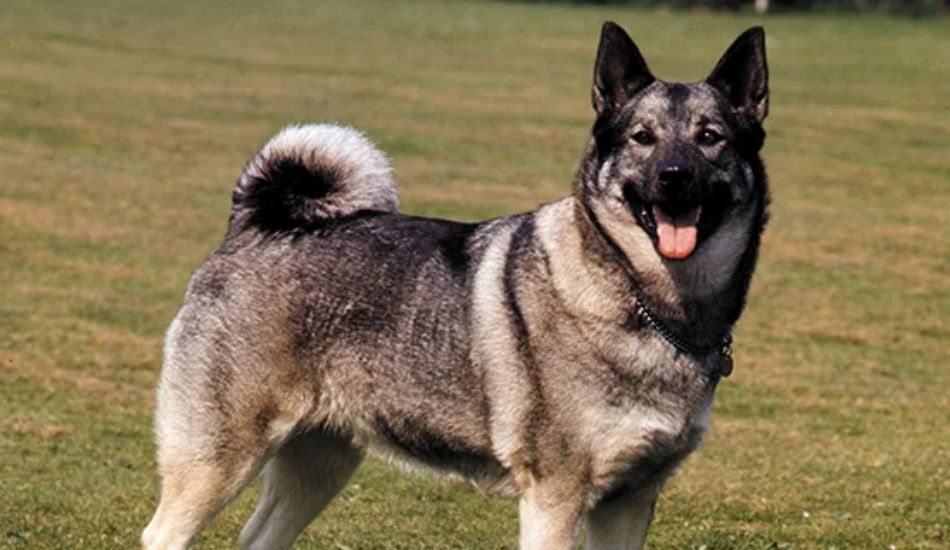
Norwegian Elkhound as a hunting dog
-
- Origins as a hunting companion for moose and other big game
- Characteristics that make it a skilled hunting dog
- Modern uses for Norwegian Elkhounds in hunting and tracking
Norwegian Elkhounds are a breed of dog with a long and fascinating history. Believed to have originated in Norway over 5,000 years ago, they were originally bred to hunt large game such as elk and bear, and were prized for their strength, stamina, and courage in the field. Over time, the breed became increasingly popular among Norwegian hunters and eventually evolved into the loyal, intelligent companion we know today.
One of the most distinctive physical characteristics of Norwegian Elkhounds is their thick, double-layered coat. The outer layer consists of long, coarse hairs that provide insulation against the harsh Norwegian climate, while the undercoat is soft and dense to keep the dog warm in cold weather. The breed’s coat is typically gray in color, with black tips on the hairs that give it a distinctive “wolf-like” appearance.
In terms of temperament, Norwegian Elkhounds are known for being fiercely independent, intelligent, and loyal. They are very social animals and thrive on human companionship, but can be somewhat reserved around strangers. Norwegian Elkhounds have a strong instinct to hunt and are very vocal dogs, often barking and howling to alert their owners to potential prey or perceived threats.
Despite their independence, Norwegian Elkhounds are also very affectionate and playful with their families. They are excellent with children and make loyal, protective companions. However, due to their high energy levels, they require plenty of exercise and mental stimulation to prevent boredom and destructive behavior.
Overall, the Norwegian Elkhound is a unique and fascinating breed with a rich history and distinctive physical and personality traits. Whether you’re looking for a loyal hunting companion or a loving family pet, the Norwegian Elkhound is definitely a breed worth considering.
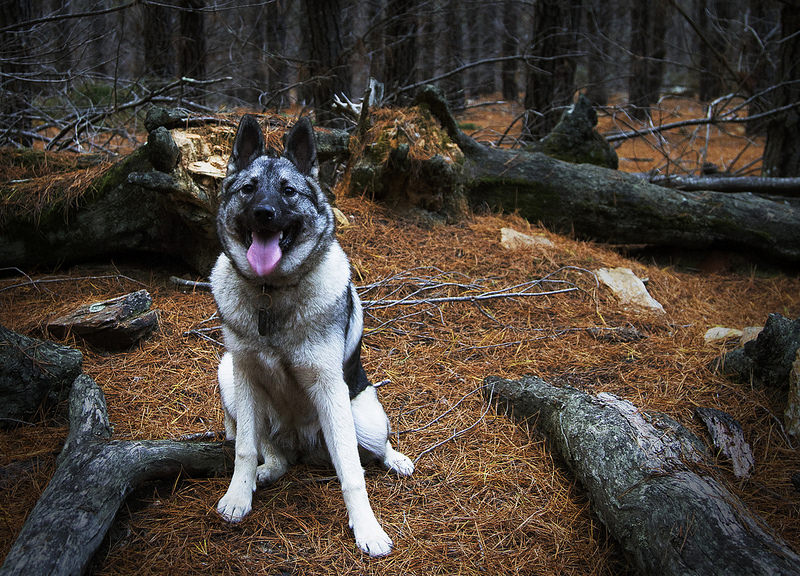
Norwegian Elkhound as a companion dog
-
- Personality traits that make it a good family pet
- Exercise and training needs for a happy and healthy Elkhound
- Tips for first-time dog owners considering a Norwegian Elkhound
Norwegian Elkhounds can make great family pets due to their loyal, intelligent, and playful personalities. They thrive on human companionship and enjoy spending time with their families, whether it’s playing fetch in the backyard or snuggling on the couch. Here are some of the personality traits that make Norwegian Elkhounds great family pets:
- Loyal: Norwegian Elkhounds are fiercely loyal to their families and will do whatever it takes to protect them. They are known for being courageous and will stand their ground in the face of danger.
- Playful: Norwegian Elkhounds have a lot of energy and love to play. They are great with children and enjoy games of fetch, tug-of-war, and other interactive activities.
- Intelligent: Norwegian Elkhounds are highly intelligent dogs that are eager to please their owners. They respond well to positive reinforcement training and can learn a variety of commands and tricks.
- Independent: While Norwegian Elkhounds love spending time with their families, they are also independent thinkers that like to do things their own way. They require a firm, consistent hand in training to help them understand what is expected of them.
When it comes to exercise and training, Norwegian Elkhounds have some specific needs that are important to keep in mind. Here are some tips for keeping your Norwegian Elkhound happy and healthy:
- Exercise: Norwegian Elkhounds are very active dogs that require daily exercise to stay healthy and happy. They love long walks, runs, and hikes, and enjoy exploring new environments.
- Mental stimulation: Norwegian Elkhounds are intelligent dogs that require mental stimulation to prevent boredom and destructive behavior. Puzzle toys, training games, and interactive playtime can all help keep your Elkhound engaged and stimulated.
- Training: Norwegian Elkhounds respond well to positive reinforcement training, but can be stubborn and independent at times. Consistency and patience are key when training an Elkhound, and it’s important to start training early to establish good habits.
If you’re a first-time dog owner considering a Norwegian Elkhound, there are some important things to keep in mind. Here are some tips for getting started:
- Research the breed: Before bringing a Norwegian Elkhound into your home, it’s important to do your research and learn as much as you can about the breed. Talk to breeders, read books and articles, and consider attending a dog show or meet-up to meet other Elkhound owners.
- Consider your lifestyle: Norwegian Elkhounds are active dogs that require plenty of exercise and mental stimulation. If you live in a small apartment or don’t have a lot of time to devote to exercise and training, an Elkhound may not be the best choice for you.
- Find a reputable breeder: When looking for a Norwegian Elkhound, it’s important to find a reputable breeder that is dedicated to breeding healthy, happy dogs. Ask for references, visit the breeder’s facilities, and ask about health testing and other important factors.
Overall, Norwegian Elkhounds can make wonderful family pets for the right owner. With plenty of exercise, training, and socialization, these loyal, intelligent dogs can become beloved members of the family.
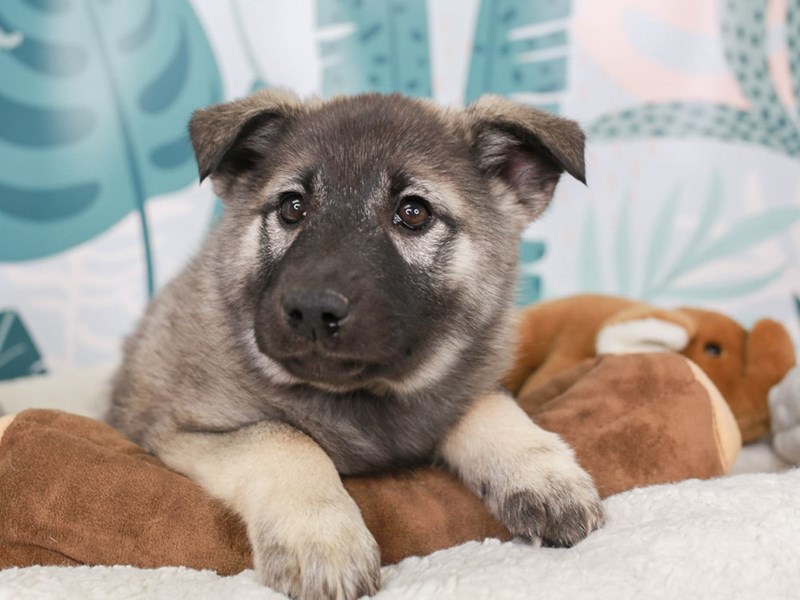
Common health issues in Norwegian Elkhounds
-
- Genetic predispositions to certain diseases and conditions
- Symptoms to watch for and preventative measures to take
While Norwegian Elkhounds are generally healthy dogs, like all breeds they are susceptible to certain genetic health issues. Here are some common health issues to be aware of in Norwegian Elkhounds:
- Hip Dysplasia: This is a condition in which the hip joint doesn’t develop properly, leading to arthritis and pain. Symptoms include difficulty getting up and down, reluctance to climb stairs, and limping. To prevent hip dysplasia, it’s important to only breed dogs that have been tested and cleared of the condition.
- Progressive Retinal Atrophy (PRA): This is a degenerative eye disease that can lead to blindness. Symptoms include night blindness, dilated pupils, and an abnormal reflection in the eye. PRA is an inherited condition, so it’s important to only breed dogs that have been tested and cleared of the disease.
- Hypothyroidism: This is a condition in which the thyroid gland doesn’t produce enough hormones, leading to weight gain, lethargy, and skin problems. Hypothyroidism can be managed with medication, but it’s important to have your dog tested regularly to catch the condition early.
- Epilepsy: This is a neurological disorder that can cause seizures. Symptoms include shaking, drooling, loss of consciousness, and muscle spasms. Epilepsy can be managed with medication, but it’s important to work closely with your vet to find the right treatment plan.
- Elbow Dysplasia: This is a condition in which the elbow joint doesn’t develop properly, leading to arthritis and pain. Symptoms include lameness, stiffness, and reluctance to exercise. To prevent elbow dysplasia, it’s important to only breed dogs that have been tested and cleared of the condition.
To prevent these and other genetic health issues in Norwegian Elkhounds, it’s important to work with a reputable breeder that conducts genetic testing on their breeding dogs. Regular check-ups with your vet can also help catch health issues early, when they are easier to manage.
In addition to genetic health issues, Norwegian Elkhounds are also susceptible to common health problems like obesity, dental disease, and ear infections. To keep your Elkhound healthy, make sure to provide a balanced diet, regular exercise, and good dental care. Clean your dog’s ears regularly to prevent infections, and visit your vet for regular check-ups and vaccinations.
If you notice any symptoms of a health issue in your Norwegian Elkhound, it’s important to contact your vet right away. With proper care and management, however, most Norwegian Elkhounds can live long, healthy lives.
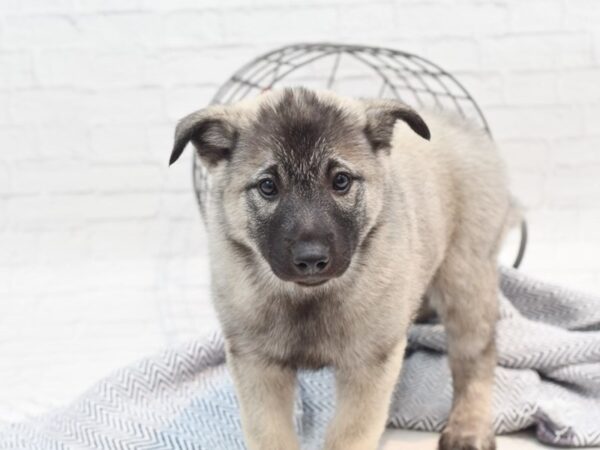
Conclusion and final thoughts
-
- Recap of key points about Norwegian Elkhounds
- Personal experiences and anecdotes from owners of Norwegian Elkhounds
- Final recommendations for readers considering getting a Norwegian Elkhound as a pet
In conclusion, Norwegian Elkhounds are a wonderful breed with a rich history and many positive qualities as a companion dog. They are loyal, intelligent, and active, making them great pets for families who enjoy spending time outdoors. However, they do have specific exercise and training needs that should be taken into consideration before bringing one home.
Some key points to remember about Norwegian Elkhounds include their history as hunting dogs, their physical characteristics and temperament, their potential health issues, and their suitability as family pets. When considering getting a Norwegian Elkhound, it’s important to do your research, find a reputable breeder, and ensure that you have the time and resources to meet their needs.
Personal experiences and anecdotes from owners of Norwegian Elkhounds can also provide valuable insights into the breed. Many Elkhound owners report that their dogs are fiercely loyal, protective, and full of personality. They are also known for their vocal nature, which can be endearing or challenging depending on your perspective!
Overall, we recommend Norwegian Elkhounds as a great pet for active families who are looking for a loyal and intelligent companion. However, it’s important to remember that they have specific exercise and training needs that must be met in order for them to thrive. With proper care and attention, however, they can make wonderful lifelong companions.